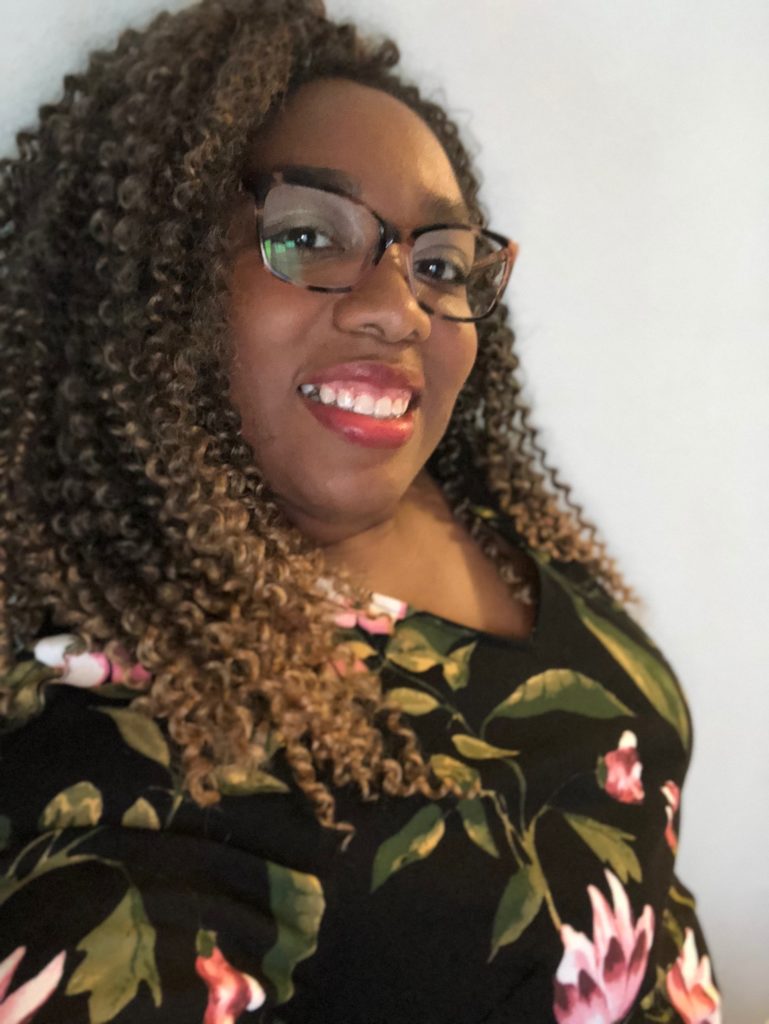Equity in Civic Technology, Privacy & Data
CDT Tech Tales: A Parent’s Perspective on Effective Remote Learning Support
This post is part of CDT’s storytelling series on EdTech use and student privacy protection during COVID-19. Our experts have spoken with parents, teachers, district leaders, and state officials about how they’ve managed the transition to virtual learning (and in some cases the return of in-person instruction), leveraging data and technology and protecting the civil rights of students along the way. Check out the rest of the stories here.
“The safeguards the technology team have put in place have been amazing. I’m the parent who tries everything out; I tried to use my son’s password to log into my daughter’s classroom and it locked me out.”
Nicole Johnson-Douglas
Nicole Johnson-Douglas, a Washington, D.C.-based parent of two elementary schoolers, describes the abrupt transition to remote learning last spring as “not really learning at all.”
Her first and second grade children, who attended a different school last year, are now at the new I Dream Public Charter School located east of the Anacostia River. I Dream is one of six new schools that opened in the District of Columbia this year, all of which have had to shift their model to a fully remote environment. School leadership has prioritized the parent and community engagement that is integral to student success, including engagement on data, technology, and privacy.
For Johnson-Douglas, the remote learning experience at I Dream has been a “complete 180.”

parent of two students at the
I Dream Public Charter School
in Washington, D.C.
“Some people are saying that students in D.C. aren’t getting services to grow this year, but I’ve actually seen the most growth in my son,” she told CDT. “Academically, socially, and emotionally.”
Ever since the pandemic started, the school’s leadership and staff have been working closely with parents to prepare them for attending a new school and doing so virtually. Every family had the option to use a school-provided device for each student, and the school engaged parents in making decisions about which technology products to use in virtual classrooms. Before the school year started, they trained families on the learning platforms that students would be using for sharing documents, communicating with teachers, and even learning math. This included how to protect their child’s privacy. These steps were all made easier by I Dream’s small size, both overall as well as the small class sizes that were a part of the original model.
Johnson-Douglas understood the risks of failing to protect student privacy and security when in the spring, her daughter experienced a “Zoom bombing” that she says made her nervous about virtual school. She told CDT that she is grateful for the technology that’s making this school year possible, but she is concerned about the safety and privacy of students. However, the school was able to take steps that eased her concerns during remote learning.
“The safeguards the technology team have put in place have been amazing,” she said. “I’m the parent who tries everything out; I tried to use my son’s password to log into my daughter’s classroom and it locked me out.”
In-classroom support has been high as well; each class has two teachers and three times a week, a special educator joins the class to observe. For Johnson-Douglas’s son, who has an individual education plan (IEP), this has been especially helpful – when issues arise in class, the special educator is able to move students into a “breakout room” to help them process.
Parents Amplifying Voices in Education (PAVE), an organization that connects, informs, and empowers parents in Washington, D.C., has heard from families about the success of some virtual learning models like I Dream’s. However, every family has experienced the transition to virtual learning differently.
To hear more from families across the District, PAVE recently administered a back-to-school survey of parents in D.C. and found that 24% of parents are not satisfied with the mental health supports and social emotional learning available for their child, and only 30% are satisfied with the resources for parents to support that at home. The survey also reinforced that challenges related to the digital divide are significant.
The digital divide, or the gap in access to technology and digital connectivity between high- and low-income students, is a key factor impacting academic achievement. The divide also impacts student privacy, as students borrowing school devices may have less control over how their data is being collected and how it will be used. It can also determine how much access students have to their classrooms and teachers, and the quality of those experiences, further widening existing achievement gaps. For example, PAVE’s survey revealed that students receiving special education services needed more help navigating technology and the internet.
While many schools have distributed devices or even Wi-Fi hot spots for students, poor connectivity in some areas leaves students learning in “slow motion.”
Johnson-Douglas and her family live in Ward 5, where she says most of her neighbors’ children have multiple digital devices, but the Ward 8 neighborhood where they used to attend school was a different story.
“It’s like the ‘Haves’ and the ‘Have Nots,’” she said. “In my neighborhood, kids are less likely to have an achievement gap to close because they have the tools they need, but the students who already struggle with the achievement gap are now falling behind because of lower digital literacy and fewer devices.”
In order to provide education leaders and policymakers with guidance towards making equitable decisions about student privacy, CDT recently released a report titled “Protecting Students’ Privacy and Advancing Digital Equity.” Based on original research, the report recommends prioritizing privacy-focused teacher training and proactively communicating with parents about how schools are protecting their children’s data.
Read additional stories in this student privacy series here.


